
Southern England is home to several beautiful examples of prehistoric building that has been carefully maintained. A well-known example of an ancient stone circle is Stonehenge in Amesbury, United Kingdom. The largest prehistoric earthen mound in Europe is located nearby at Silbury Hill in Wiltshire. The gravel mound is composed of layers of dirt, mud, and grass that are 30 meters high and 160 meters broad, as well as trenches and tunnels made of chalk and clay. 1 Its builders were a Neolithic culture in Britain who finished the structure in the late Neolithic era, roughly 2,400 BCE.
Between 400,000 /300,000 the HOMO SAPIENS made shelters with the bones and skulls of the mammals they used to hunt and with the fur they made the covers
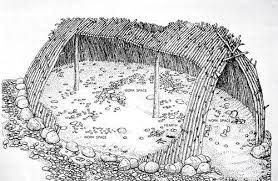
In 40,000 BCE
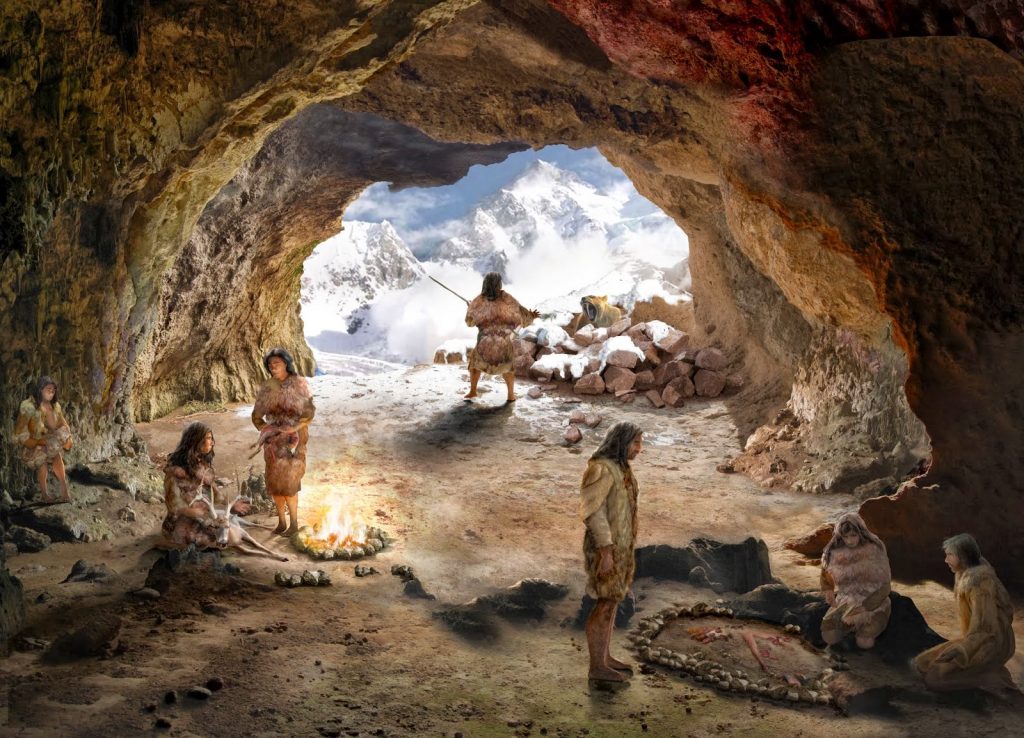
From the 8.000 – 4000 B.C. they started a sedentary lifestyle and started building permanent houses near to the rivers and the seas.
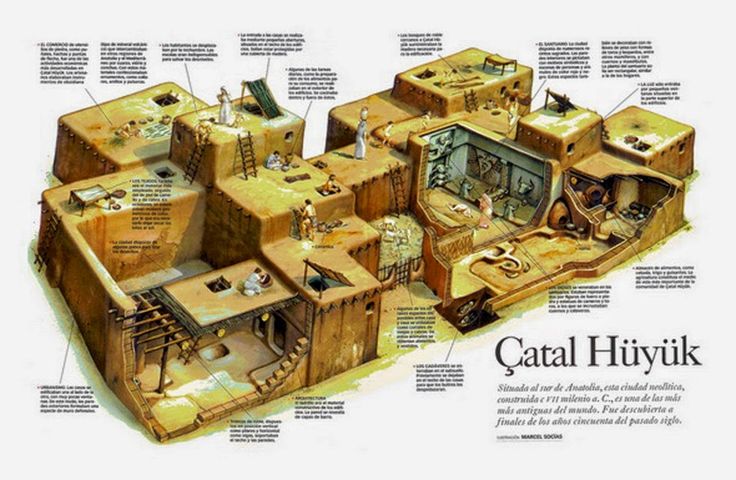
Between 4,000 and 3,000


The Khafre (Chephren) Pyramid at Giza, Egypt. Luis Leclere’s Lansbricae/Getty Images (cropped)
Strong kings built enormous pyramids, temples, and shrines in ancient Egypt. Massive constructions like the Pyramids of Giza were engineering marvels that were far from being primitive. The several eras of ancient Egypt’s history have been identified by scholars.
In 3,500BCE
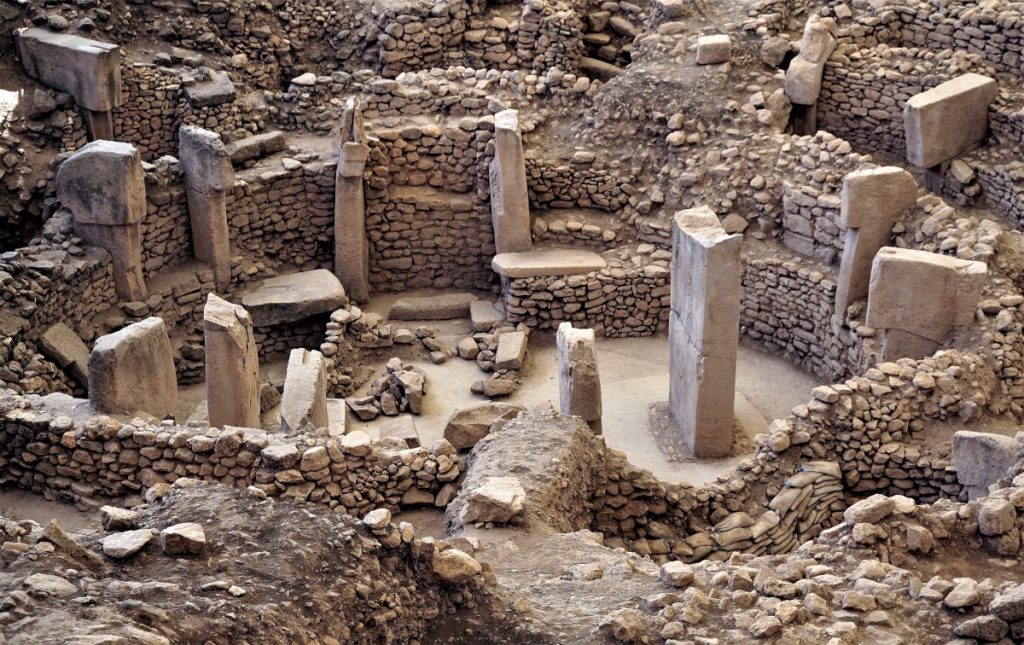
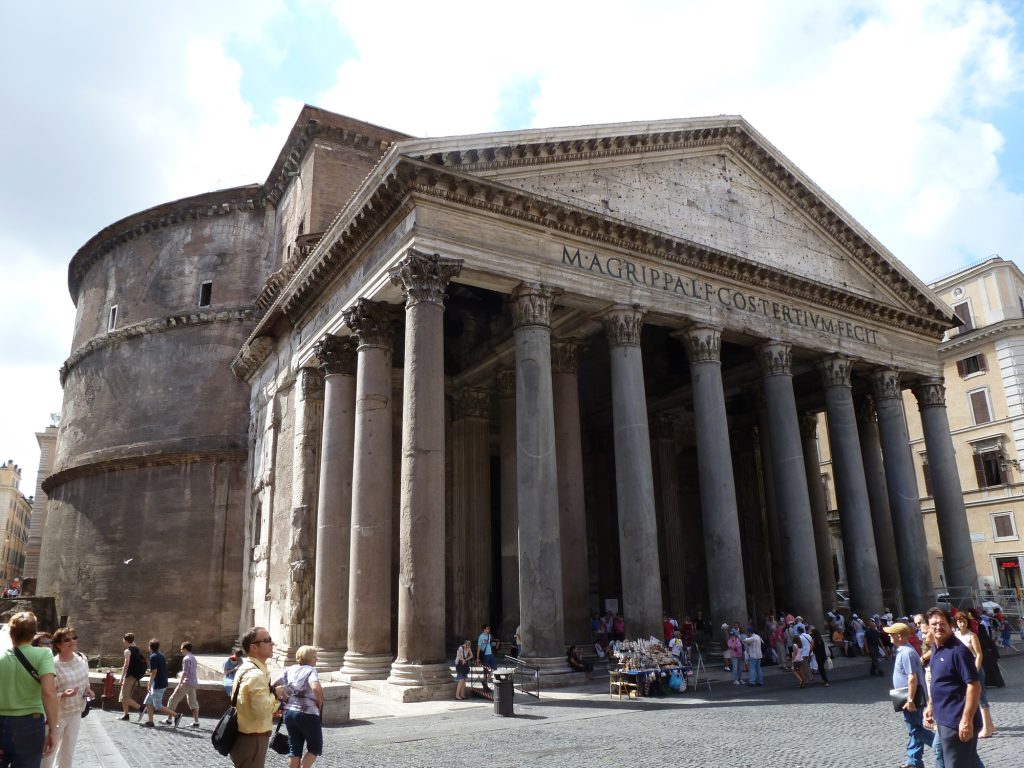
The Pantheon in Rome, Italy, year 126. Heritage Images/Werner Forman Archive/Getty Images (cropped)
The term «classical architecture» describes the look and feel of structures in classical Greece and Rome. Our approach to construction in Western colonies around the world is influenced by classical architecture.
Great structures were built using specific guidelines from the rise of ancient Greece until the fall of the Roman Empire. Marcus Vitruvius, a Roman architect who lived in the first century BCE, advocated using mathematical concepts when building temples. In his renowned work De Architectura, or Ten Books on Architecture, Vitruvius stated that «without symmetry and proportion no temple may have a regular plan.»
Greek: The Doric column was invented in Greece and used for magnificent temples, such as the well-known Parthenon in Athens, between 700 and 323 BCE. For interiors of buildings and smaller temples, straightforward Ionic columns were employed.
Hellenistic: From 323 to 146 BCE, when Greece was at its most powerful in Europe and Asia, the empire erected grandiose temples and public structures with Ionic and Corinthian columns. The Roman Empire’s conquests brought an end to the Hellenistic era.
From 44 BCE until 476 CE, the Romans used a lot of older Greek and Hellenistic architectural elements, but their structures were more ornate. They employed ornate brackets together with columns in the Corinthian and Composite styles. The Romans were able to construct arches, vaults, and domes because to the advent of concrete. Rome’s Pantheon and Colosseum are two well-known examples of Roman architecture.
800 to 1200 — Romanesque

Romanesque Architecture of the Basilica of St. Sernin (1070-1120) in Toulouse, France. Anger O./AgenceImages courtesy Getty Images
1100 to 1450 — Gothic

The Gothic Cathedral of Notre Dame de Chartres, France. Alessandro Vannini/Getty Images (cropped)
Cathedrals and other huge structures were able to reach new heights in the early 12th century because to new construction techniques. The improvements like pointed arches, flying buttresses, and ribbed vaulting that supported taller, more graceful structures came to be known as Gothic architecture. In addition, walls that were no longer needed to support high ceilings might be replaced with intricate stained glass. Gargoyles and other sculptures allowed for both functional and aesthetic purposes.
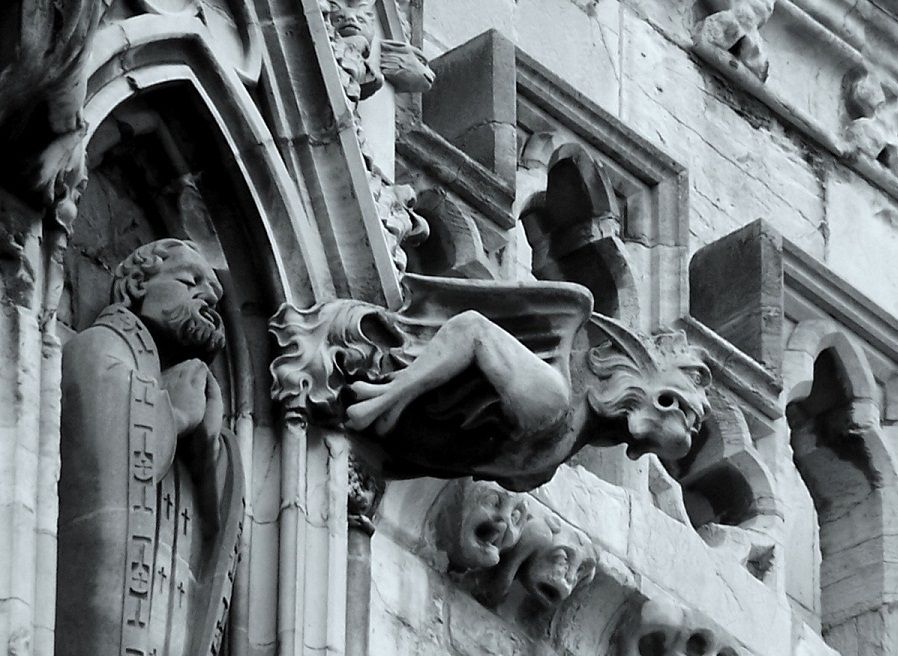

1400 to 1600 — Renaissance

The Renaissance architect Giacomo da Vignola outlined Vitruvius’s concepts more than 1,500 years after the seminal work by the Roman architect Vitruvius was written. The Five Orders of Architecture by Vignola, which was published in 1563, set a standard for construction in western Europe. I Quattro Libri dell’ Architettura, or The Four Books of Architecture, were published in 1570 by Andrea Palladio using the newly developed moveable type technology. Palladio demonstrated in this book how classical principles may be applied to individual residences as well as opulent temples.
1600 to 1830 — Baroque

1650 to 1790 — Rococo

1730 to 1925 — Neoclassicism

1890 to 1914 — Art Nouveau

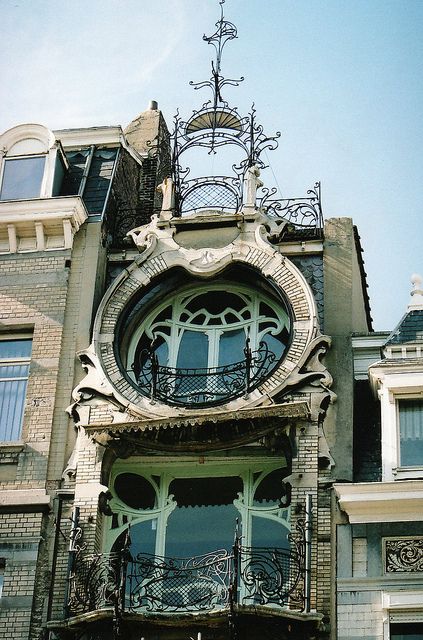
1895 to 1925 — Beaux Arts



1925 to 1937 — Art Deco


1900 to Present — Modernist Styles

1972 to Present — Postmodernism


1997 to Present — Neo-Modernism and Parametricism
